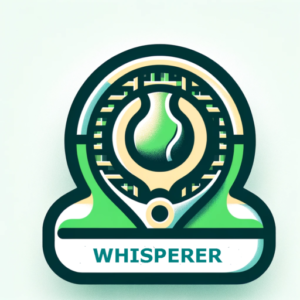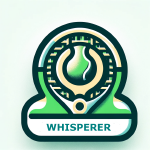Adapting to Moon Ballers in Doubles
Adapting to Moon Ballers in Doubles
I ran into Mike and Gabriel in the clubhouse on Saturday.
“How’d you go in Badge today?” I asked.
“Not well,” they said. “We played some moon ballers. It was ugly.”
And just like that, I knew exactly how the match went.
Mike and Gabriel had come in with a clear plan—bang the return and charge the net; bang the serve and follow it in. Classic Howie: control the net, control the match.
They’d put in a couple of training sessions with Howie, visualized aggressive doubles play, and showed up ready to dominate.
But tennis isn’t played in a vacuum.
They ran into a pairs of seasoned moon ballers—players who weren’t looking to hit winners, just to take time away, disrupt rhythm, and grind.
High, loopy balls designed to pull them off the net and into no-man’s-land. No pace. No rhythm. Just relentless rallying and a slow mental drain.
The more they pressed, the more the errors crept in. Confidence gave way to frustration. And the plan unraveled.
So—How Do You Adapt?
How do you stay aggressive when your opponents keep lobbing and resetting? How do you keep net control from turning into a liability?
Let’s break it down.
Why Net Control Wins Doubles
Controlling the net remains the gold standard because it:
-
Compresses time
-
Forces weaker replies
-
Lets you finish points on your terms
But net play isn’t just about charging in—it’s about doing it intelligently. The goal isn’t to abandon your plan. It’s to refine it.
Moon Ballers: Disruption by Design
Moon ballers aren’t just retrievers. They’re disruptors. Their mission?
-
Lob over the net player
-
Expose formation gaps
-
Frustrate your timing and tempo
It’s not passive play. It’s deliberate tactical disruption. They don’t win by beating you—they win when you beat yourself.
How You Can Adapt
1. Shift Your Net Position
Don’t crowd the net when lobs are coming.
Hold one or two metres back—still threatening, but not exposed.
2. Use the St. Andrews Cross Formation
One player up, one back. Rotate naturally based on the rally.
It controls the lob while keeping pressure on.
3. Own the Middle
Over 80% of doubles shots land near the center service box—the “Magic Diamond.”
Control that space. Let them earn the sideline under pressure.
4. Change the Rhythm
Don’t let them settle. Vary:
-
Pace
-
Height
-
Depth
-
Shot type
Make them adapt.
5. Stay Mentally Grounded
This is the true test. They feed on your frustration.
Remind yourself: a scrappy point won is still a point.
Stay present. Play the next ball.
Wrap-Up
Mike and Gabriel didn’t lose because net play failed. They lost because they didn’t adapt.
The strategy was solid—but execution needs context. You can’t overpower players who thrive in chaos.
You must impose structure—through positioning, shot selection, and mindset.
Badge tennis isn’t just about firepower. It’s about adaptation under pressure.



